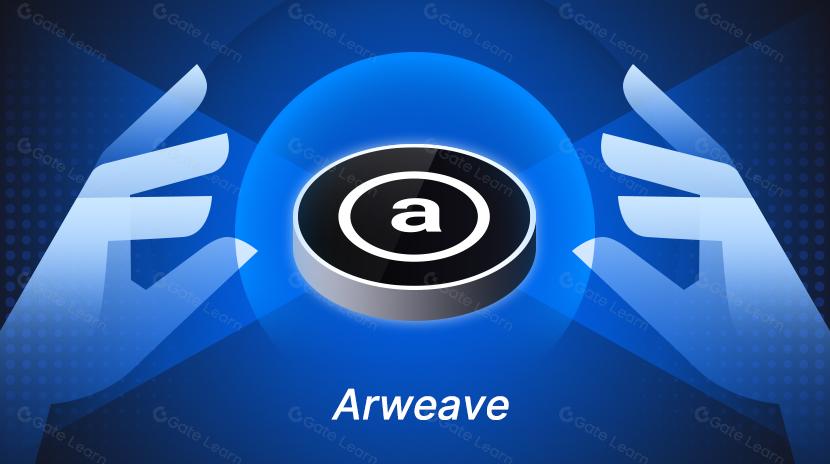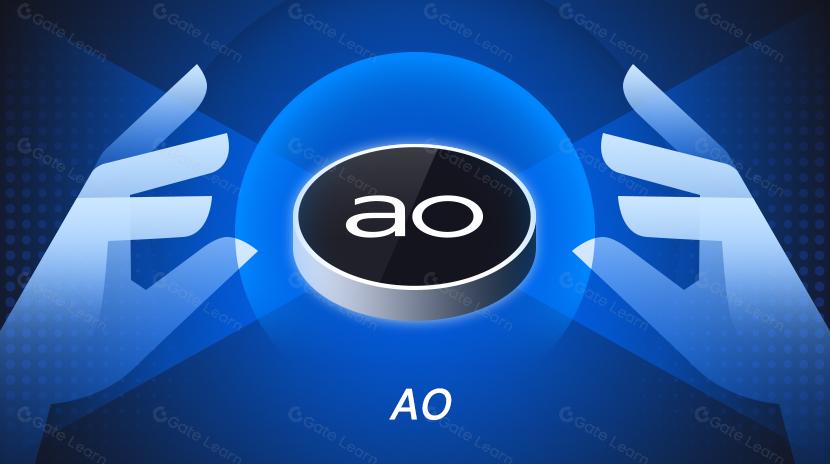Lido 與 Uniswap 的「流動性復興計劃」:DeFi 敘事轉折點下的 UNI 價格底部博弈
2025 年 4 月,Lido 宣布啓動 Unichain 流動性激勵計劃,涉及多個主流資產池,旨在鞏固 stETH 的 DeFi 貨幣地位,並推動其成爲跨鏈交易的核心資產。此舉不僅延續了 Lido 在以太坊質押市場的統治力,也爲 Uniswap 在 Layer2 戰略中提供了突破機會。與此同時,UNI 代幣面臨價格低迷的挑戰,但市場信號顯示其可能迎來反彈。Lido 的激勵計劃可能引發 DeFi 生態的流動性再分配和借貸協議利率戰,投資者需關注跨鏈互操作性帶來的長期價值。引言:一場遲到的流動性盛宴

2025年4月12日,流動性質押協議Lido在X平台發布推文“Incentives: Soon™”,宣布啓動爲期3個月的Unichain流動性激勵計劃,涉及12個主流資產池(包括wstETH/ETH、WBTC、穩定幣及UNI/COMP等)。這是自2020年Uniswap V2推出初始流動性挖礦以來,UNI代幣時隔5年首次被納入官方激勵體系。此前Uni價格由19美金在經歷長達3個月的下跌後跌至最低4.5美金,接近2022年LUNA暴雷後的歷史低點3.3美元。
這一動作背後,既是Lido對以太坊質押市場統治力的延續,也是Uniswap在Layer2戰略中的關鍵突圍嘗試,更成爲觀察DeFi市場周期拐點的窗口。
Lido的「流動性圍城」:從質押壟斷到跨鏈擴張
1.1 Lido的戰略意圖:鞏固stETH的DeFi貨幣地位

作爲佔據以太坊質押市場27.1%份額的絕對龍頭(數據截至2025年4月14日,來源:Dune Analytics),Lido的核心目標已從單純擴大質押規模轉向提升stETH的鏈上應用場景。
此前,stETH的主要用例集中在借貸抵押(AAVE、MakerDAO佔比40%)和被動持有(55%),作爲交易媒介的功能僅佔3%。此次選擇Unichain作爲激勵主戰場,旨在將stETH嵌入Layer2的核心流動性池,推動其成爲跨鏈交易的“通用Gas資產”。
技術機制創新:
- Merkl獎勵分發:採用鏈下計算、鏈上驗證的零Gas費模型,降低用戶參與門檻;
- 多資產池設計:覆蓋ETH、LST、WBTC、穩定幣及UNI/COMP,形成跨鏈資產交換矩陣;
- 與Gauntlet合作:通過動態調整激勵權重,防止流動性挖礦的“短時套利陷阱”。
1.2 數據透視:Lido的「中心化焦慮」與破局嘗試
盡管Lido的節點運營商已增至37個(目標58個),但其協議層面的市佔率(78%)仍遠超Vitalik提出的15%安全閾值。
此次通過Unichain引導流動性,實質是通過「協議間協作」分散風險:將stETH的流動性依賴從以太坊主網遷移至Rollup生態,降低單點故障對質押安全的影響。
從鏈上數據看,2025年Q1 stETH跨鏈至Arbitrum、Optimism的規模同比增長320%,驗證了這一戰略的初期成效。
Uniswap的「自我救贖」:Unichain能否扭轉Layer2困局?
2.1 Unichain的使命:從流動性碎片化到聚合
Uniswap於2024年推出的Unichain是基於OP Stack的通用Rollup,旨在解決多鏈生態中的流動性割裂問題。然而,其初期表現低於預期:
跨鏈體驗瓶頸:用戶需先通過橋接資產至Unichain,導致交易延遲和成本上升;

TVL增長乏力:截至2025年4月,Unichain鎖倉量僅765萬美元,遠低於其他鏈。
Lido激勵的意義:
通過引入stETH/ETH等核心交易對,Unichain可借助Lido的質押流量快速建立深度流動性。
例如,wstETH/ETH池的初始APR設計爲180%-250%,遠高於主網同類池的45%,可能吸引套利資本跨鏈遷移。
2.2 UNI代幣經濟學的「暗雷與曙光」

當前UNI價格低迷的核心矛盾在於:
- 解鎖拋壓:2024全年團隊與投資者代幣解鎖量達6500多萬枚,佔流通盤的6.5%;
- 治理僵局:2025年3月「費用開關」提案再度被否,導致協議收入無法反哺持幣者。
底部信號辨析:

- 交易所餘額創歷史新高:Glassnode數據顯示,交易所持倉的Uni創出歷史新高,一但出現反轉的信號,或將預示着價格回暖。
- 鏈上籌碼分布:Glassnode數據顯示,持有1萬枚以上的巨鯨地址佔比從2024年的62%降至47%,籌碼分散化可能預示散戶抄底;
- 估值錨定:UNI當前市銷率(PS)爲8.2,低於行業均值15.4,處於歷史10%分位;
- 技術面支撐:周線級別RSI(14)跌至28.6,接近2022年極端超賣區域。
市場影響:DeFi生態的「冰與火之歌」
3.1 流動性遷移的「虹吸效應」
Lido的激勵可能引發兩大連鎖反應:
- Layer2流動性再分配:Solana、Sui等新興鏈的穩定幣池TVL或下降15%-20%,資金向Unichain傾斜;
- 借貸協議利率戰:AAVE的wstETH抵押借款利率已從5.2%降至3.8%,或被迫推出補貼計劃。
3.2 COMP的「意外崛起」與風險
此次激勵池中COMP的入選引發爭議。深層邏輯可能在於:
- 清算安全墊:Compound的鏈上借貸清算線普遍低於Aave,適合作爲高波動市場中的抵押品;
- 治理代幣復用:MakerDAO近期提案允許COMP作爲DAI鑄造的抵押資產,提升其效用場景。
結語:在不確定中尋找「非對稱性」
Lido的流動性激勵不僅是DeFi協議的戰術協作,更是Layer2時代價值捕獲邏輯的戰略實驗。對於UNI而言,5.4美元的價格既包含了對歷史路徑依賴的悲觀定價,也隱含了對Unichain突圍成功的期權溢價。在宏觀經濟轉向與監管框架成形的雙重催化下,2025年或成爲UNI從「治理代幣」向「現金流資產」躍遷的關鍵轉折點。投資者需警惕流動性虹吸帶來的短期波動,但更應關注跨鏈互操作性敘事下,頭部協議重建護城河的長期價值。
聲明:
- 本文轉載自 [MarsBit],著作權歸屬原作者 [Lawrence],如對轉載有異議,請聯系 Gate Learn 團隊,團隊會根據相關流程盡速處理。
- 免責聲明:本文所表達的觀點和意見僅代表作者個人觀點,不構成任何投資建議。
- 文章其他語言版本由 Gate Learn 團隊翻譯, 在未提及 Gate.com 的情況下不得復制、傳播或抄襲經翻譯文章。
相關文章

Sui:使用者如何利用其速度、安全性和可擴充性?

Arweave:用AO電腦捕捉市場機會

即將到來的AO代幣:可能是鏈上AI代理的終極解決方案

什麼是中本聰同步?您需要瞭解的有關 SSNC 的所有資訊

Solv協定:集中式去中心化金融趨勢下的資產管理新範式


